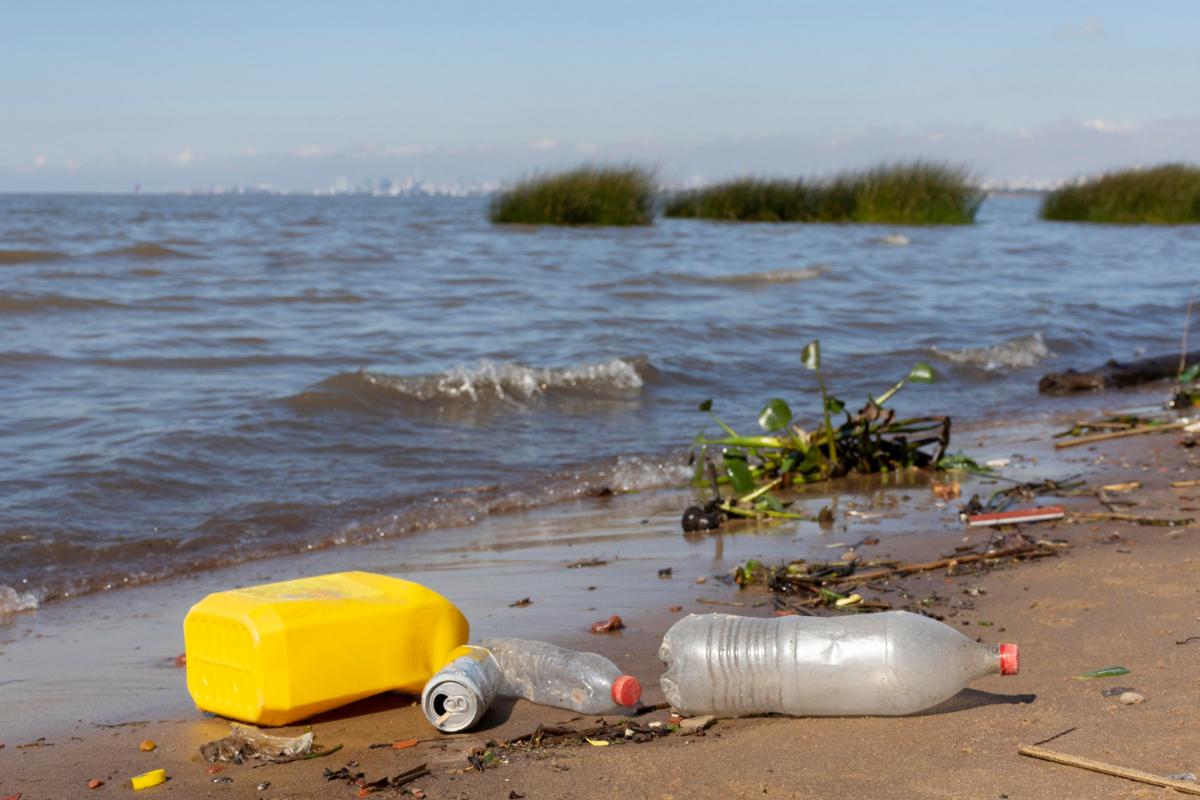
Many New Jersey residents love heading to the shore for a nice day on the beach. They enjoy playing in the sand and taking in the ocean breeze. Unfortunately, people around the world are dumping plastic into the oceans. In fact, by 2050, there may be more plastic in the oceans than fish if people do not act to stop it. It is an exasperating problem as it continues to get bigger by about 8 million metric tons annually. Those cool ocean breezes are part of a worldwide weather phenomenon called gyres that have created five islands of plastic under the ocean’s surface.
In all, it is estimated that more than 5.25 trillion pieces of plastic weighing more than 269,000 tons are floating in the oceans. These pieces are often invisible to the naked eye, and they cannot be detected by ships or on satellite. Instead, over 24 expeditioners have taken water samplings around the globe. They found that the largest of the plastic islands is in the Pacific Ocean very close to Hawaii. It is estimated that this floating island weighs 79,000 tons. It is made up of a variety of objects including fishing gear, food wrappers, cigarette filters, plastic bottles, plastic bags, straws, stirrers and a host of other items. While some estimates place this island at about the size of the state of Texas, others estimate its size to be about as big as Europe.
The second largest plastic island is the North Atlantic Patch where it is estimated that there are over 200,000 pieces of debris per square kilometer sit. In addition to birds and mammals getting injured by the plastics, scientists know that these plastic islands are a breeding ground for bacteria that isn't normally found in the ocean. These bacteria may introduce sicknesses to the wildlife found there.
There are three other floating plastic islands known to exist in the world. The next largest is found in the Indian Ocean. This patch was discovered in 2010, and researchers described it as a thin plastic soup. Despite its existence not being confirmed until mid-2017, the fourth largest plastic island is in the South Atlantic Ocean. Researchers believe that up to 35 percent of some species of fish have consumed plastics from the South Atlantic Ocean plastic island. There are also smaller islands in the South Pacific and in the Mediterranean Sea.
One of the things that you can do to help is to recycle plastics. Commercial industries can work with All County Recycling to establish a recycling service in New Jersey that meets their needs. Working with a recycling service in New Jersey helps to keep plastics from adding to the mass found in these plastic islands.